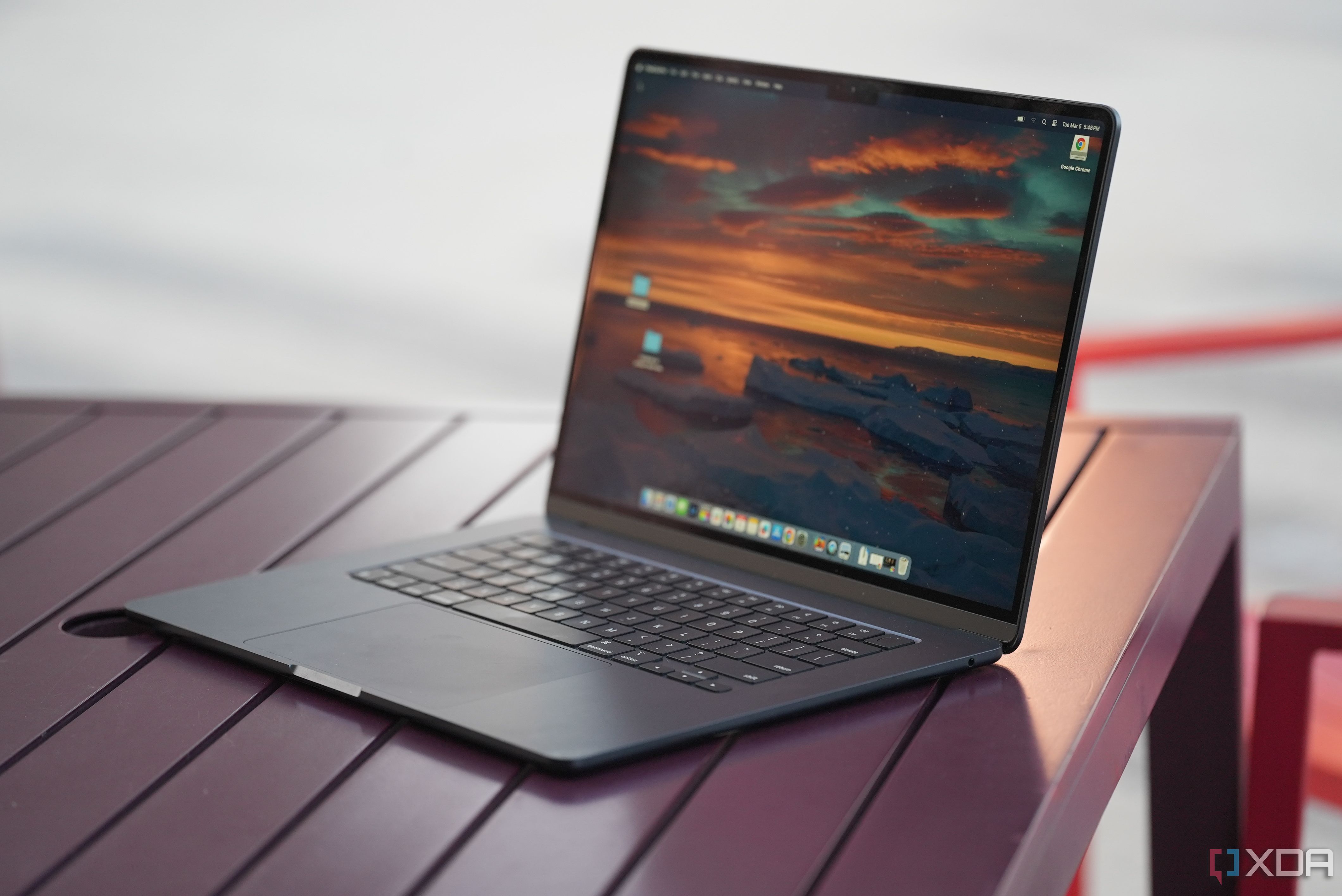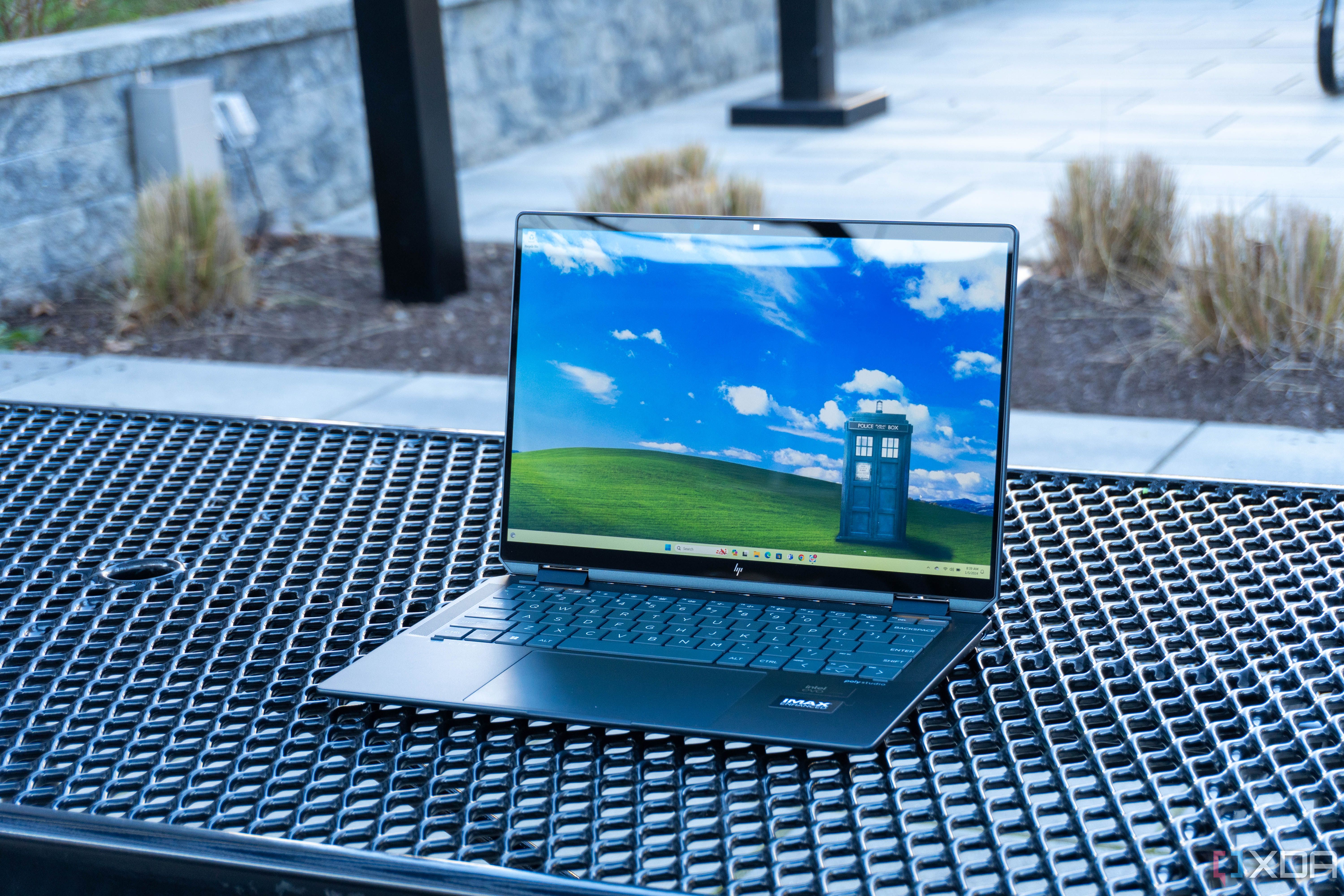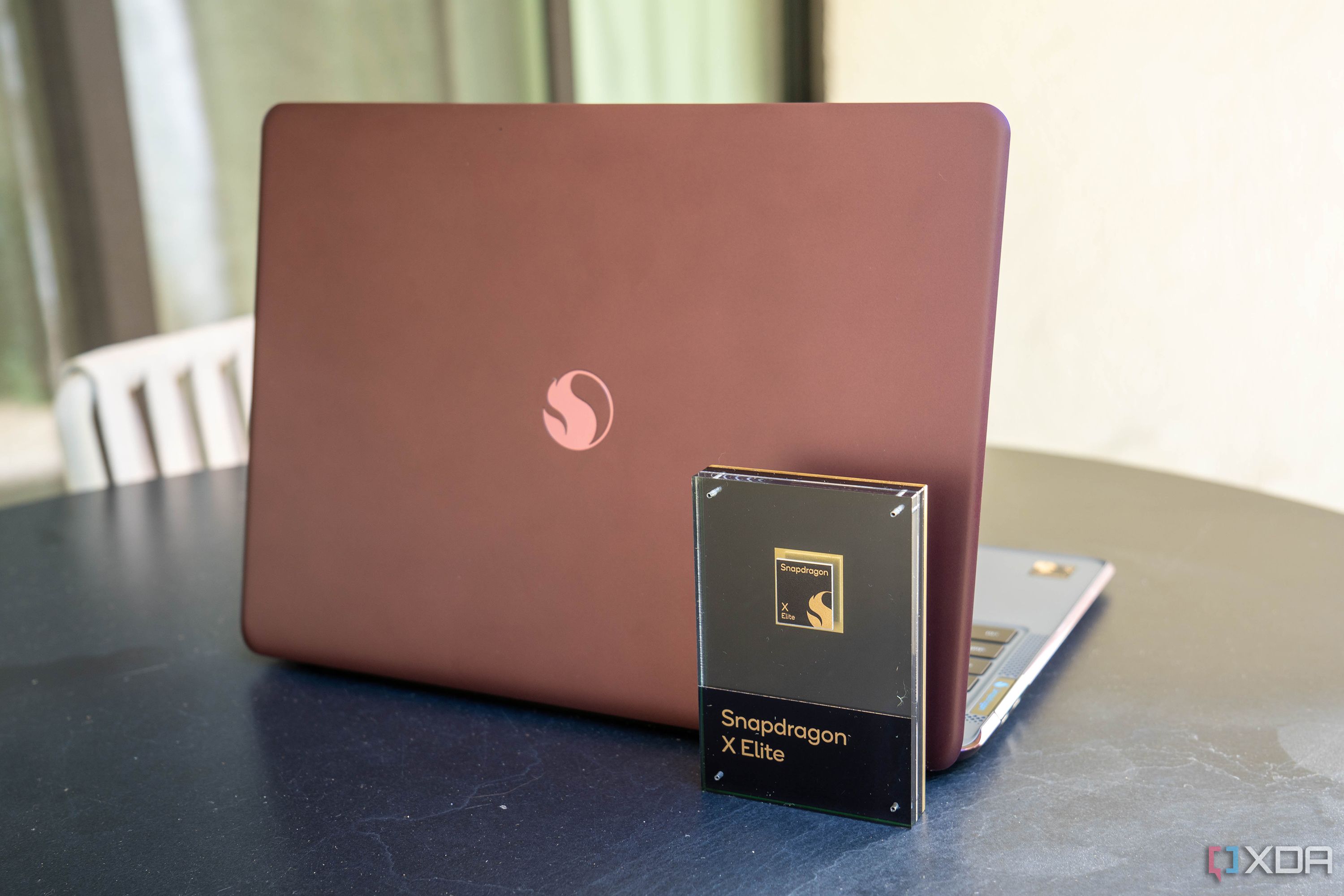Key Takeaways
- Snapdragon PCs have had potential, but past hardware and software issues have kept them from truly competing with Intel products.
- The PC industry is hesitant to move away from Intel CPUs, despite competition from AMD and now Qualcomm’s Snapdragon X Elite chipset.
- Apple’s success with custom Arm processors has put pressure on Intel, making consumers hopeful for Snapdragon X Elite’s promises of better battery life and performance.
I’ve been waiting for the Snapdragon X Elite for seven years. Ever since Qualcomm and Microsoft announced Windows running on Arm processors with emulated x86 apps in 2016, I’ve been hyped for it. Finally, we were going to have some real competition to Intel and x86.
Unfortunately, it really never happened. We’ve seen four generations of premium chipsets from the company, with big promises every time. With the Snapdragon X Elite around the corner, it seems like this time, Microsoft and Qualcomm are actually going to deliver.
The only thing that’s still on my mind is the hardware.
So far, Snapdragon PCs have been good
The hardware is good, but not great
With every generation of Snapdragon Compute Platforms, there’s usually a handful of laptops from a handful of companies that showcase the chips. For the original generation, it was HP, Lenovo, and Asus, with the Envy x2, Miix 630, and NovaGo, respectively. They were priced like premium tablets and convertibles, but they’d usually come with 4GB of RAM (Asus used 6GB), little storage, and performance was bad.
The Snapdragon 850 generation was more interesting, with Samsung entering the arena with the Galaxy Book 2 (totally different from the Galaxy Book 2 that launched a couple of years ago). It was a tablet with a Super AMOLED display. Lenovo launched another mid-ranger with the Yoga C630 WOS, and Huawei even had a China-exclusive MateBook E.
Things got more interesting with the Snapdragon 8cx, which was a big launch from Qualcomm where it promised performance on par with an Intel Core i5. Microsoft finally legitimized it with the Surface Pro X, and Lenovo introduced the first 5G laptop with mmWave support.
I’m talking about the laptops themselves here, because we all know that the chipsets themselves could have been better, and there’s been no shortage of issues with software. All of these were good, but if you were buying premium, you probably wouldn’t want one.
That’s been the issue this whole time. Qualcomm has been promising us premium products, but if you want the best from Lenovo, you’re buying a ThinkPad X1 Carbon, not a ThinkPad X13s.
We did see a version of the Surface Pro 9 that had an SQ3 processor (a slightly modified Snapdragon 8cx Gen 3), but it had some unfortunate compromises. Since Microsoft departed from Surface Pro X and merged it with the main Pro line, it pretty much built for the lowest common denominator, which was Intel.
Surface Pro 9 with 5G review: Windows on Arm keeps getting better
Microsoft’s Surface Pro 9 with 5G comes with a Qualcomm processor, giving it Windows Studio capabilities and great battery life.
The PC industry and its Intel addiction
It’s hard to move away from the incumbent
On the consumer side of things, HP has the Spectre x360, Dell has XPS, and Lenovo has the Yoga 9i as their flagship products. For business, HP has Dragonfly and Elite 1000, Dell has Latitude 9000, and Lenovo has ThinkPad X1. These products all have one thing in common: they all have Intel CPUs inside of them.
It’s fair to say that HP hasn’t made a Snapdragon-powered Spectre x360 because Qualcomm hasn’t made a good enough product, but AMD has had some solid Ryzen entries over the years. However, AMD is still trying to get away from being in a variant of an Intel product. There are lots of ThinkPads and EliteBooks that have Intel and AMD options, but very few (I see you ThinkPad Z-series) are primarily built for AMD.
HP Spectre x360 14 (2024) review: The new best laptop
The HP Spectre x360 never fails to win
Remember the old saying, “Nobody ever got fired for buying IBM.” Putting an Intel CPU in your flagship laptop is the safe bet, no matter how good AMD Ryzen is.
In fact, the situation is reversed in the mobile market, where Qualcomm is the incumbent. MediaTek made a heck of a product with its Dimensity 9300 this year, but if you thought Samsung would put it in the Galaxy S24 or upcoming Galaxy foldables, you’re out of your mind.
The Apple disruption
Does Apple Silicon shift Intel’s brand recognition?
Ever since Apple made the move to its own, custom-designed Arm processors, it’s been a bad look for Intel. These new Macs combine incredible battery life with powerful performance, all in a thin and light chassis in a way that the world had never seen. Intel could absolutely match the performance, but it couldn’t put together a total package like that.
2:15

MacBook Air (M3, 15-inch, 2024) review: The Goldilocks laptop size
The 15-inch MacBook Air offers an immersive large screen experience while keeping a slim and light(er) body than the MacBook Pro
Things have changed a lot in these last few years though. Intel created a new hybrid architecture, mimicking the way Arm chips have big and little cores, and it’s been laser-focused on AI performance, better graphics, and efficiency.
But still, with Apple essentially putting Intel to shame, it really feels like people are just tired of those old pain points that they’ve historically had. Ever had a fully charged laptop in your bag that was dead when you opened it? That was Intel’s power management at work back in the Skylake era. Ever wake your PC from hibernation, wait for a few seconds for it to wake up, and press the power button again, only for the screen to light up an instant before you press the button? Right, we’ve all been there.
Qualcomm is promising to bring the benefits of Apple Silicon to Windows. In fact, it’s not just promising it, it very much seems like this is finally the real deal. The Snapdragon X Elite is promising better battery life than Intel, better AI performance than Core Ultra, and better overall performance.
If the Snapdragon X Elite delivers what it’s supposed to, it seems entirely possible that consumers may demand it in premium PCs, especially with more apps running natively (Google Chrome is finally here).
We need great hardware
And not just alternatives to Intel PCs
Microsoft just announced the Surface Pro 10 for Business and Surface Laptop 6 for Business, and unsurprisingly, they have Intel Core Ultra processors under the hood. Surface Pro has used Intel since the first one was released in 2013, aside from the Pro X and a 5G variant of the Pro 9. That was the whole selling point. Back in 2012, you could get the Arm-flavored Surface RT, which had loads of restrictions, or pay more for an Intel-powered Surface Pro, which did everything your laptop could do.
On May 20, Microsoft is going to launch those devices for consumers, and they’ll be powered by the Snapdragon X Elite chipset. Moreover, rumor has it that there won’t even be an Intel model for consumers, a big win for Qualcomm. They’ll also have different features, like OLED displays, so it’s not just the same chassis but with a Qualcomm chipset like we saw with the Surface Pro 9.
I’m also hearing that for the first time, Microsoft is going to be sharing the stage at its Surface launch. At least one other OEM will be there to show off Snapdragon X series laptops (there might be additional Snapdragon X SKUs beyond Elite by then; I know they’re coming soon but I don’t know when), with other OEMs launching products separately in the same timeframe.
But my question is, aside from the Surface Pro 10 and Surface Laptop 6, what are OEMs going to give us? For Windows on Arm and Snapdragon X Elite to be successful, it needs Dell XPS, not Inspiron. It needs HP Spectre, not Envy.
Most importantly, it needs all major OEMs on board making premium products, which to be fair, is what I’m hearing is the case. Microsoft, Dell, Lenovo, and presumably more have products ready to go. They just better be great, meaning they need to pack the features you’d expect from a flagship Intel laptop.

